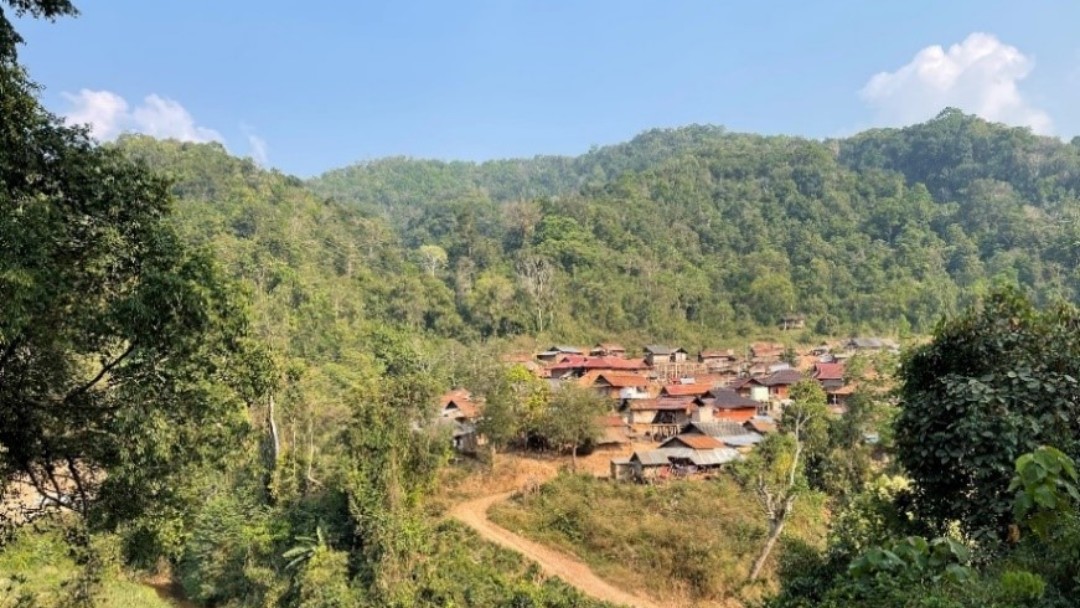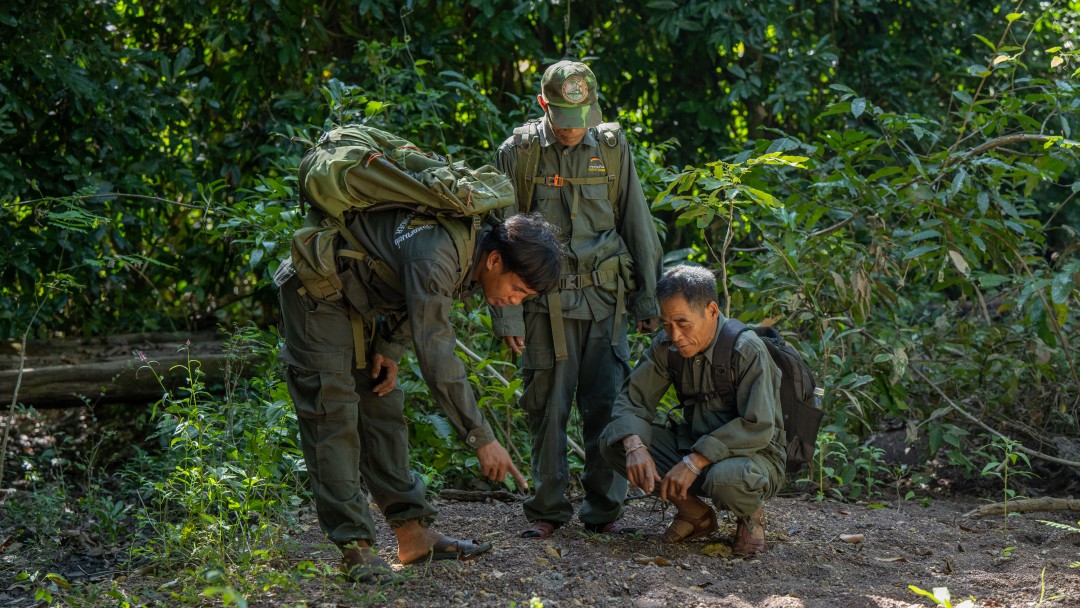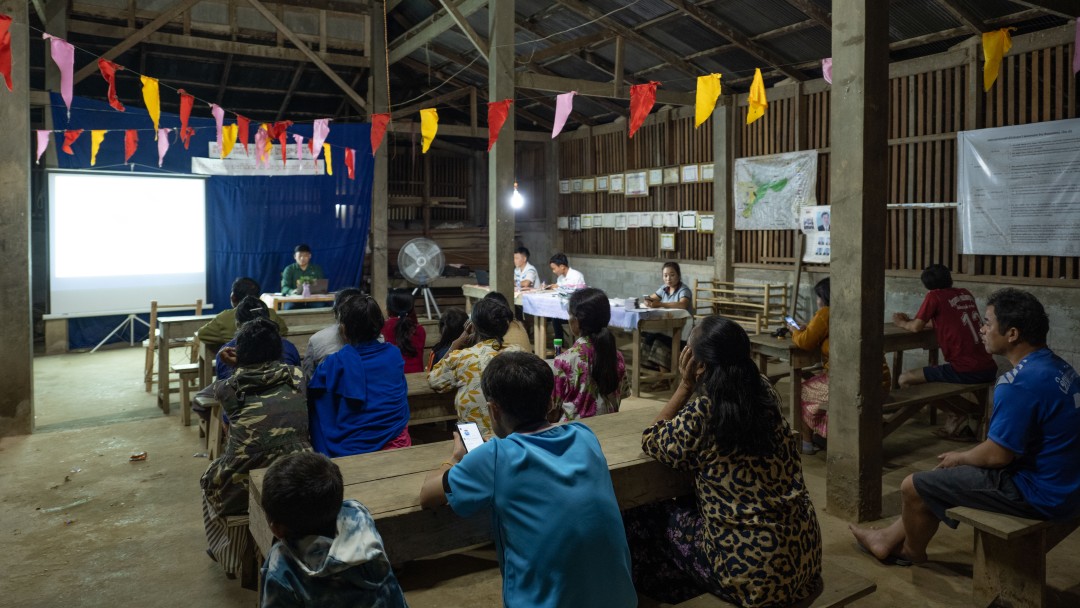News from 2024-03-21 / KfW Development Bank
Preserving nature, fighting poverty, strengthening local communities

KfW is supporting Laos in the protection of entire landscapes, thereby achieving doubly positive effects
Laos harbours a hidden treasure: a rich flora and fauna coupled with impressive landscapes. More than two thirds of the Southeast Asian country consists of forests, which need to be preserved for reasons of biodiversity, as a source of food for the local population and also as a natural protection against climate change. In addition to Asian elephants, ruffed bears and leopards, the forests are home to a variety of tree species, including the ironwood and teak trees, which are valued for their particular hardness. They are also home to the precious rosewood and bamboo grass.
However, this natural wealth is threatened by deforestation, poaching, illegal wildlife trade, infrastructural development and changes in land use. In order to combat these threats and at the same time alleviate poverty in the region, KfW has supported the Laotian government on behalf of the German Federal Ministry for Economic Cooperation and Development (BMZ).
The aim was to better manage and protect conservation areas, including connecting corridors and surrounding landscapes. At the same time, economic prospects for the local population were to be created or expanded in the form of sustainable or alternative sources of livelihood.
An area half the size of Saxony
The integrative landscape approach of the successfully completed project (entitled "Integrated Conservation of Biodiversity and Forests") encompassed the Nam Kan and Nam Ha protected areas in the north and Khoun Xe Nong Ma as well as parts of Hin Nam No in the centre of the country. Taken together, the area of the protected areas supported covered around 933,000 hectares. This is roughly half the size of Saxony. In addition, a forest area of around 648,000 hectares has been protected.
The project also involved 148 villages; around 74,000 people benefited directly from the protection of the forests. The villages involved were encouraged through support and investment to sign conservation agreements and thus actively participate in biodiversity conservation. KfW supported the project for eight years with Financial Cooperation grants totalling 15.5 million euros. The Laotian government contributed two million euros.

A successful project
The objectives of making the work of the park administration more effective, curbing illegal activities, preserving biodiversity and forests and improving people's lives have been achieved overall. This was also achieved because rangers were trained, better equipped and more inspections were carried out, the park infrastructure was developed and modernised and the local population was involved. Audits have shown that the management effectiveness of all participating national parks has improved significantly compared to the past. Studies on individual animal and plant species have also shown that populations have either recovered or essentially remained stable. The same applies to the forests themselves.
The local people - many of whom are very poor - are benefiting noticeably from the changes. Support for the 148 villages took various forms and was provided on an equal footing with the affected communities. It ranged from investments in handicraft courses to the development and marketing of sustainably produced products, such as bamboo furniture. Here, the evaluation showed that people's household income has increased by around 25% - sample surveys point in the same direction.
The current budget crisis of the Laotian public administration cannot be overlooked, and it continues to worsen. The state budget is barely sufficient to cover the salaries of the already too few rangers, who are dependent on external support. Conservation organisations, in particular the Wildlife Conservation Society (WCS), have played a key role by supporting the rangers on the ground and thus contributing to the success of the project.

An integrated approach
The project's recipe for success lay in its integrated approach, which not only aimed to protect the landscapes, but also actively involved the local communities in a targeted manner. The strategy has proven its worth in Laos and impressively demonstrates that sustainable nature conservation and poverty reduction can go hand in hand.
This is important because extensive forests are important natural CO2 reservoirs and usually also home to great biodiversity. Preserving both is therefore not only in the interest of the affected countries themselves, but of the entire international community. The project therefore emphasises the importance of international cooperation in the protection of natural resources and the promotion of development worldwide.
